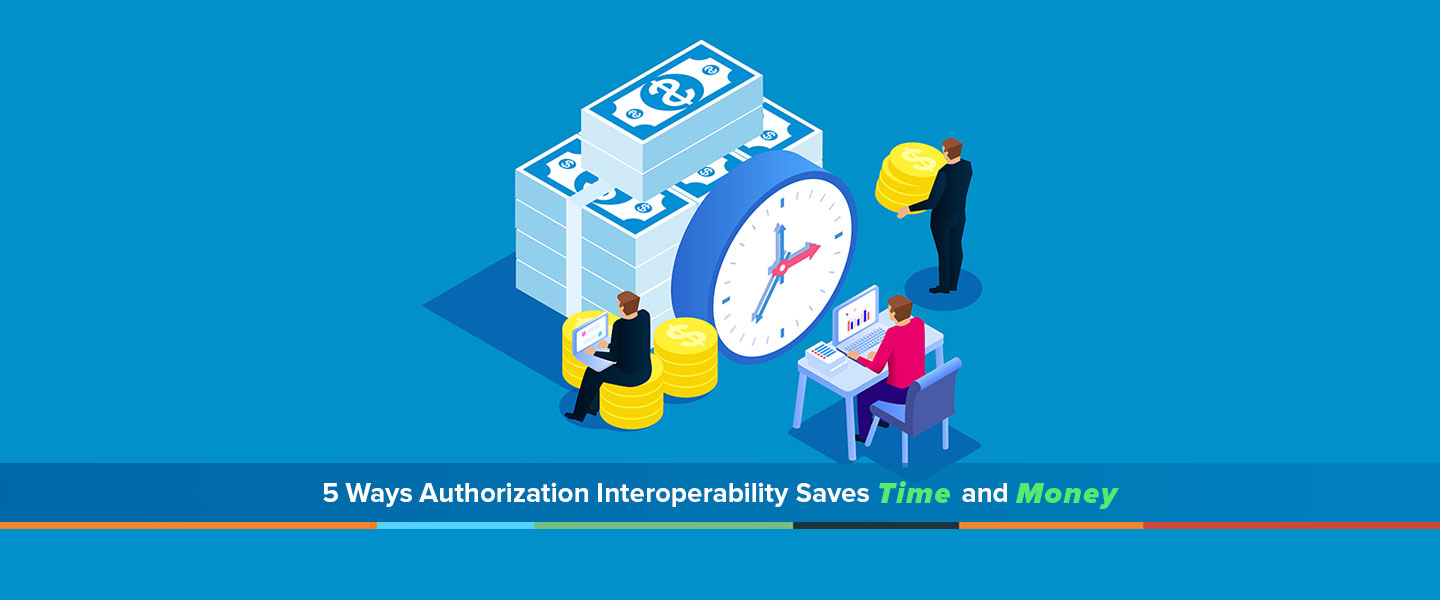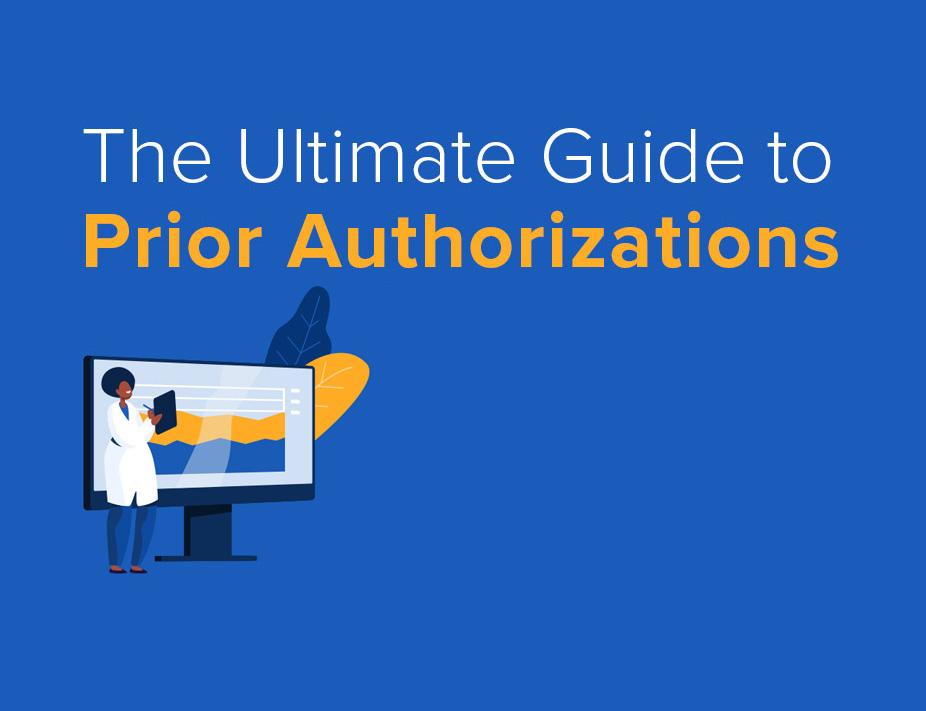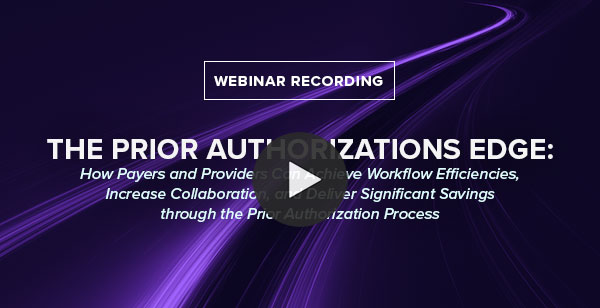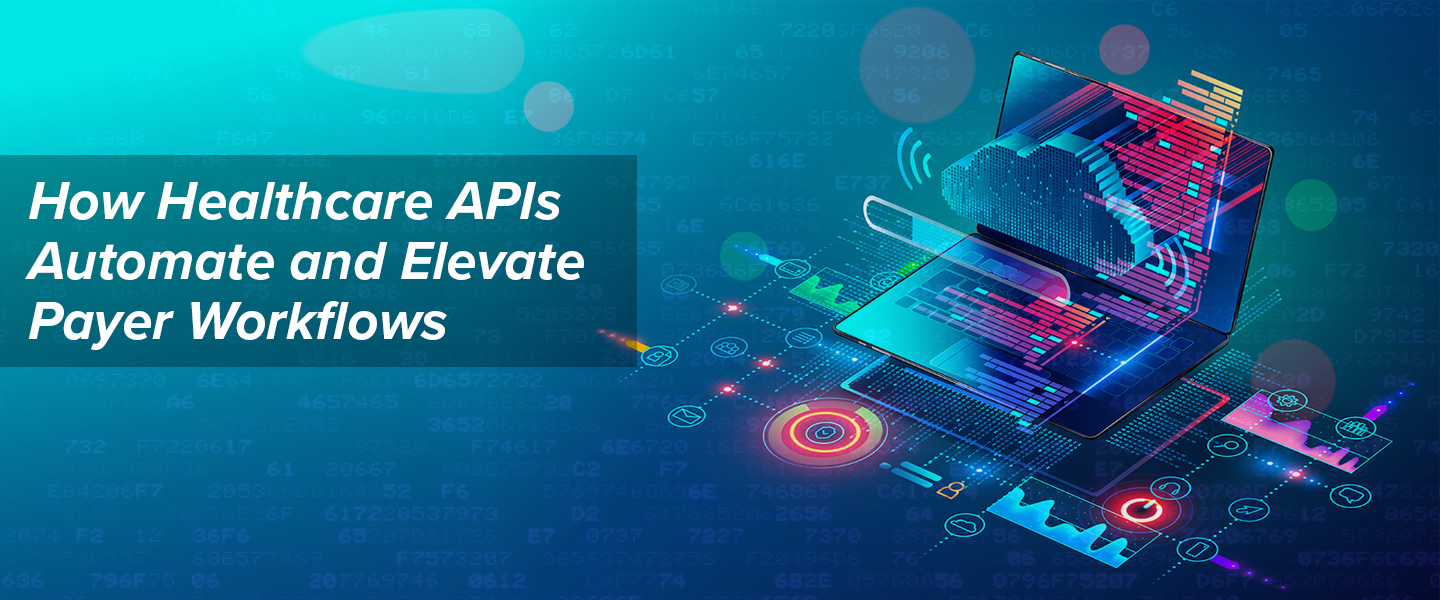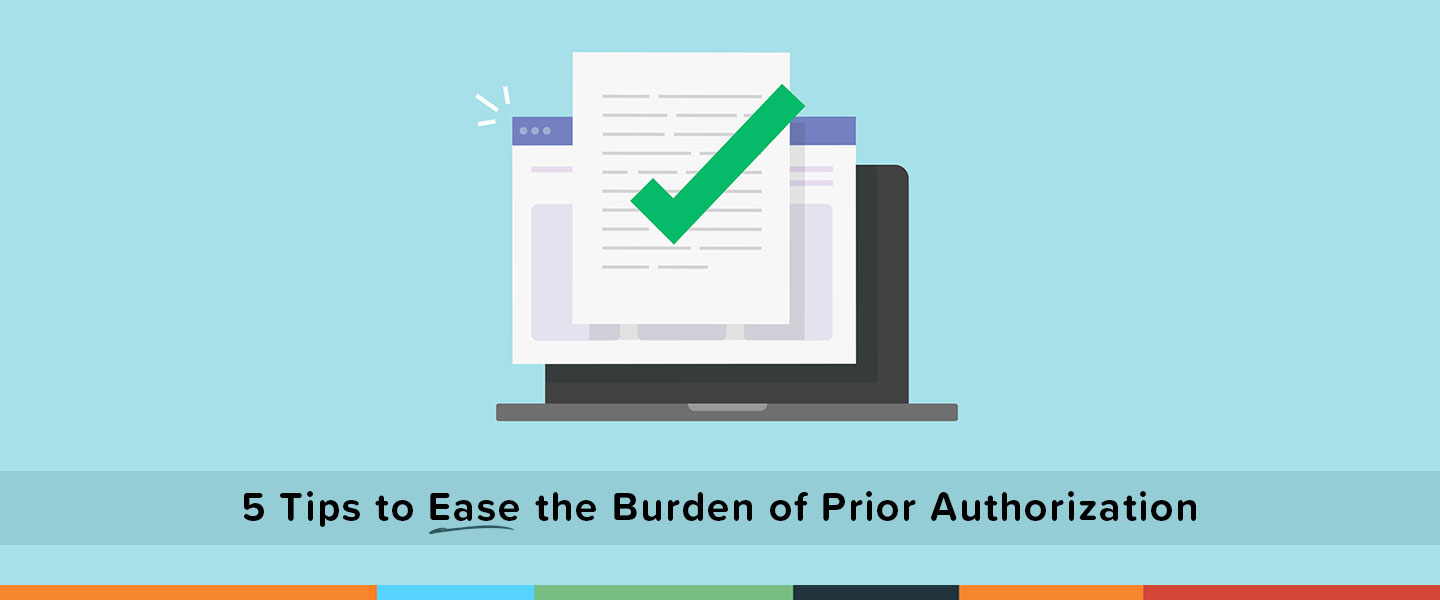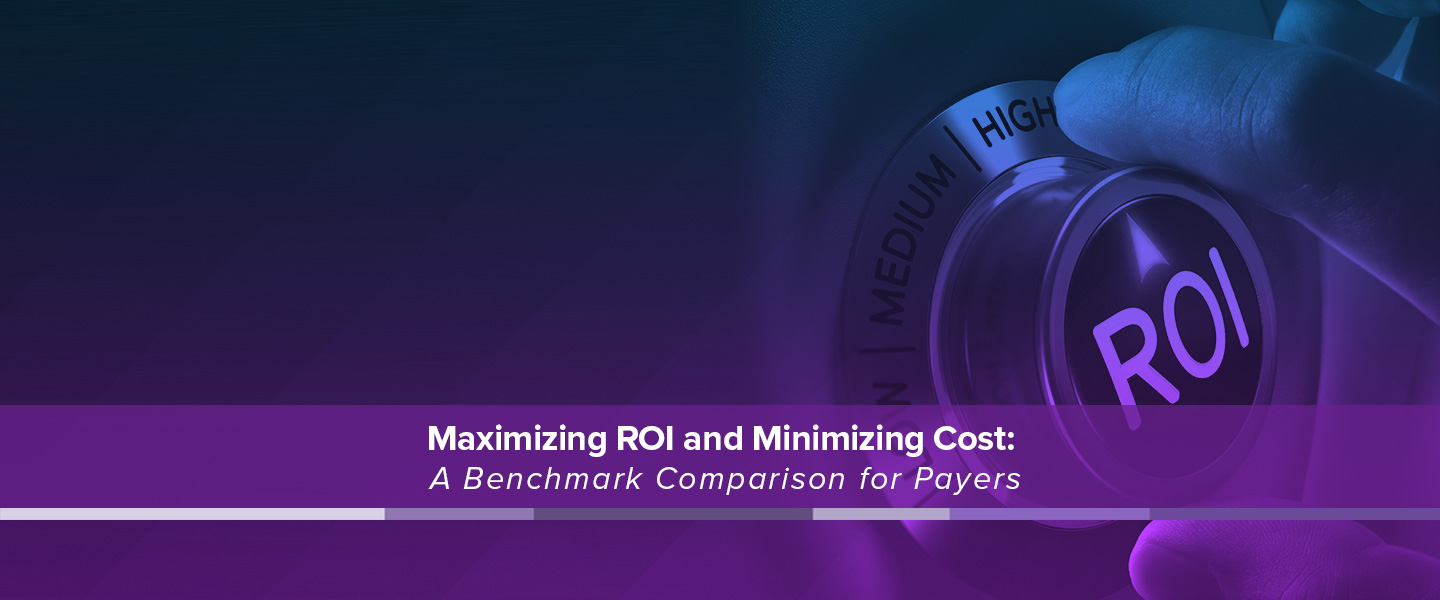Prior authorizations are one of the most costly and time-consuming transactions for both payers and providers. In fact, according to the 2020 CAQH index report, payers and providers can save up to $417 million annually and up to 12 minutes per transaction by moving to fully electronic prior authorizations. In addition to these substantial financial savings, the opportunity to reduce patient care delays due to errors and manual processing of prior authorizations can be life changing – an AMA study indicates that 90% of physicians reported prior authorization requirements have resulted in a negative outcome for their patients. Here are five ways that interoperability can save significant time and money.
1. EMR/PMS Integration
Automation from Practice Management and Electronic Medical Records (EMR) systems is critical to achieving cost and time savings among providers. With a fully integrated EMR, prior authorization requests can be automated to eliminate the often-manual handoffs from provider to support staff. The automation of this process allows the focus to be on patient care. When the provider schedules a service that requires a prior authorization, the EMR is smart enough to automatically generate the authorization request and send it to the payer. The payer needs to be able to support fully electronic prior authorization requests through APIs and data standards.
This integration is typically done by vendors today, either by customizing the EMR or creating applications that facilitate between the EMR and the payer. With the industry moving to newer emerging standards, such as those being defined by the Davinci Project for HL7/FHIR, it is likely that EMRs will start to support electronic authorizations natively, so that providers can share data with payers efficiently and safely.
2. Clinical Documentation
It is often necessary for a provider to send clinical information about the patient’s case to the payer, to support the review of the request against the payer’s policies and treatment guidelines. Payers evaluate clinical details against their policies and industry guidelines and decide whether the request meets those requirements. In a manual workflow, this documentation is often sent by fax, which introduces quality and timing issues, as well as potential for errors due to poor image quality. Faxes are also expensive for payers to process, as they need to be manually correlated with authorization requests – electronic documents eliminate these problems. Clinical information can be delivered electronically through a web portal workflow, but in an automated workflow, clinical documents can be sent directly from the EMR to the payer and automatically associated with the authorization, virtually eliminating any potential for errors.
3. Documentation Requirements
A significant challenge for providers is a lack of insight into the payer’s polices regarding prior authorizations. With paper forms and even web portals, providers are often asked to provide only the most basic inputs that are not service-specific, and which contain no guidance about specific information requirements or clinical criteria for approval. If the initial request is not complete, the payer must contact the provider for additional information. This is an avoidable step and a significant source of care delays and additional cost.
With an ability to apply automated business rules as part of an integrated, automated solution, the payer can be crystal clear about what clinical documentation is required. In a fully electronic solution, these addition inputs can be requested in the EMR, and if the details are specific enough, the documentation can even be collected and attached to the request automatically by the EMR.
4. Automated Status Updates
Time to resolution is a Key Performance Indicator (KPI) for payers processing authorizations. The turnaround time is so critical to patient care that it is being mandated in some states’ legislation. State mandates that require that status letters be mailed to providers and members by the health plan can be counter-productive when plans focus on mailed updates instead of pro-active, real-time electronic status updates. Electronic status updates resolve this timeliness issue even when those letters also get mailed.
Delays in authorizations can lead to abandoned services and other issues with patient care. The automated workflow can virtually eliminate this delay by providing status updates pro-actively via electronic workflows. When the payer has resolved a case, they can send an update electronically to the provider, which will update the provider’s system directly, avoiding the need for the provider to do a “status check” with the payer to see if their request has been processed. With automated status updates, the provider becomes aware of the status as soon as the case review is complete.
5. Requesting Additional Information
In many cases the payer will require the provider to answer clinical questions related to the authorization request. These questions may vary depending on the details in the initial request such as the specific procedure codes indicated. An automated, interoperable workflow allows the payer to send these questions to the provider electronically, in real time, instead of trying to reach the right person in the provider’s practice on the phone. The provider may need to answer the questions manually, but if these questions can be sent to the EMR directly, they can answer questions in their main system as opposed to using other methods (web, phone, fax) to provide the answers to the payer. Payers need an API to send the questions and receive the answers electronically. The transaction cost and time required to resolve cases can be minimized if this workflow is automated end-to-end.
A fully interoperable prior authorization workflow requires technology commitments from both payers and providers. Providers need to update their systems to be able to generate and send requests automatically, send supporting documentation, and facilitate clinical questionnaires. Payers need APIs that can receive the requests, intake clinical documentation, issue clinical questionnaires, and issue status updates proactively. Payers and providers should look for standards-based options that are also flexible enough to adapt to the myriad different systems implemented by providers and payers, like NaviNet Open, to automate their authorizations for a fully interoperable workflow that achieves maximum savings, and enables the clinical care team to support better patient care and outcomes.

